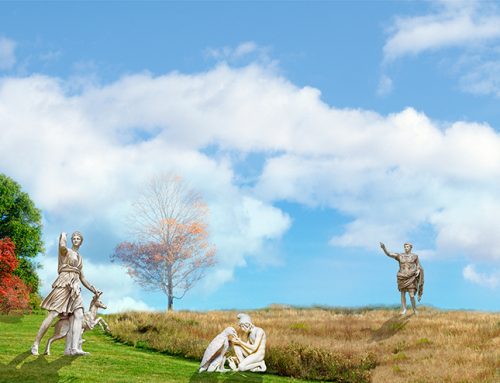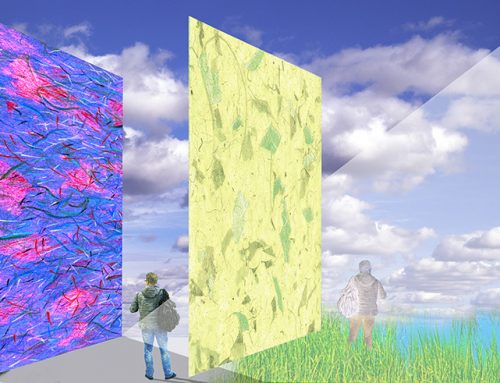Dystopian art
Dystopian art – The word Dystopia is defined by Wikipedia as “an imagined place or state in which everything is unpleasant or bad, typically a totalitarian or environmentally degraded one”. Merriam Webster dictionary defines it as “an imaginary place where people lead dehumanized and often fearful lives”. This is a genre of art that has been thriving for many years.
Where it all started
The word Dystopia is an antonym of Utopia. It describes a community or society that is undesirable or frightening. It translates as “not-good place”, an antonym of utopia, a term that was coined by Sir Thomas More and figures as the title of his best-known work, “Utopia”, published 1516, a blueprint for an ideal society with minimal crime, violence, and poverty (Wikipedia). In Dystopia, nothing is perfect. It is a Utopian society in which things have gone wrong. Utopia, writers have written about Utopias for centuries, including among others the biblical Garden of Eden in Genesis and Plato’s Republic.
The Utopia Dystopia duality
Dystopia and Utopia are closely related. They are separate realities that represent the “duality” of our world. This duality has been described over and over again in many science fiction novels and movies. And it is also a very popular subject in visual arts.
Dystopian art popularity
There is strong evidence indicating that Dystopia is quite a popular subject of interest. Online commercial art platforms such as Saatchiart have collections dedicated to artworks depicting Dystopian subjects.
Dystopian art Fiction novels
The subject is very popular among fiction writers. Especially those targeting teenagers. Novels written for young adults can be dark, violent and dangerous. But they also offer light at the end of the tunnel. There is hope. The totalitarian regimes sometimes depicted in these novels and movies, can be overthrown and devastated societies can be healed.
Movies of Dystopian art
The ascending popularity of the subject is also clearly evident in the movie production industry. One notable example is George Orwell’s 1984 movie, still one of the top-selling dystopian novels today. A large amount of Scifi movies are being depicted in and around dystopian cities. The producers of these movies would not invest in such movie genre unless they were certain they can make a profit with their productions.
Paraphrased from the article “WHY ARE DYSTOPIAN FILMS ON THE RISE AGAIN?”(JStor) “…The cinema has long been drawn to science fiction and the challenge of visualizing the unimaginable. Yet the recent uptick in dystopian and post-apocalyptic scenarios seems more urgent and more extreme. The writer asks why do people spend 12, 13, 14 dollars for films that seem designed only to frighten and depress us? What species of entertainment, much less relief, do these nightmare scenarios offer? One explanation is that these films allow us to reflect on the harsh realities of our present moment, on conditions that are difficult to confront head-on. Though ostensibly set in the future, the post-apocalyptic mode can function as a window on, and critique of, the present…”
Conclusion
Creating art around Dystopian subjects can open up the imagination channels of both artist and public. Despite some negativity associated with violence present in the art created around this subject, it is a very artistically lucrative subject for an artist. It is also important to note the fact that this subject offers the artists an excellent medium for sending strong educational messages. Read another article about Dystopia on the blog, or buy some original Dystopian art on artgreeT
Suggested reading
“Brave new world” – Aldous Huxley (1931), “1984” – George Orwell (1949), “Fahrenheit 452” – Ray Bradbury (1953)






